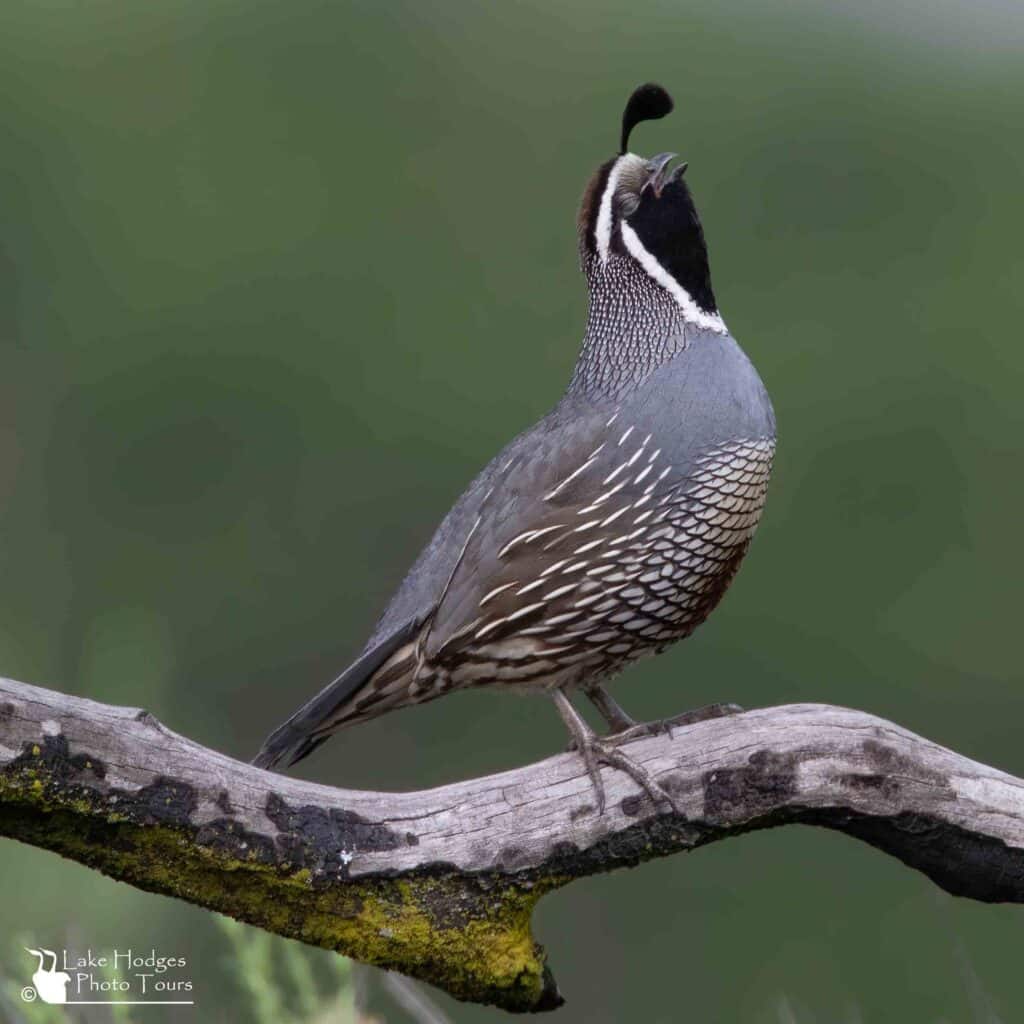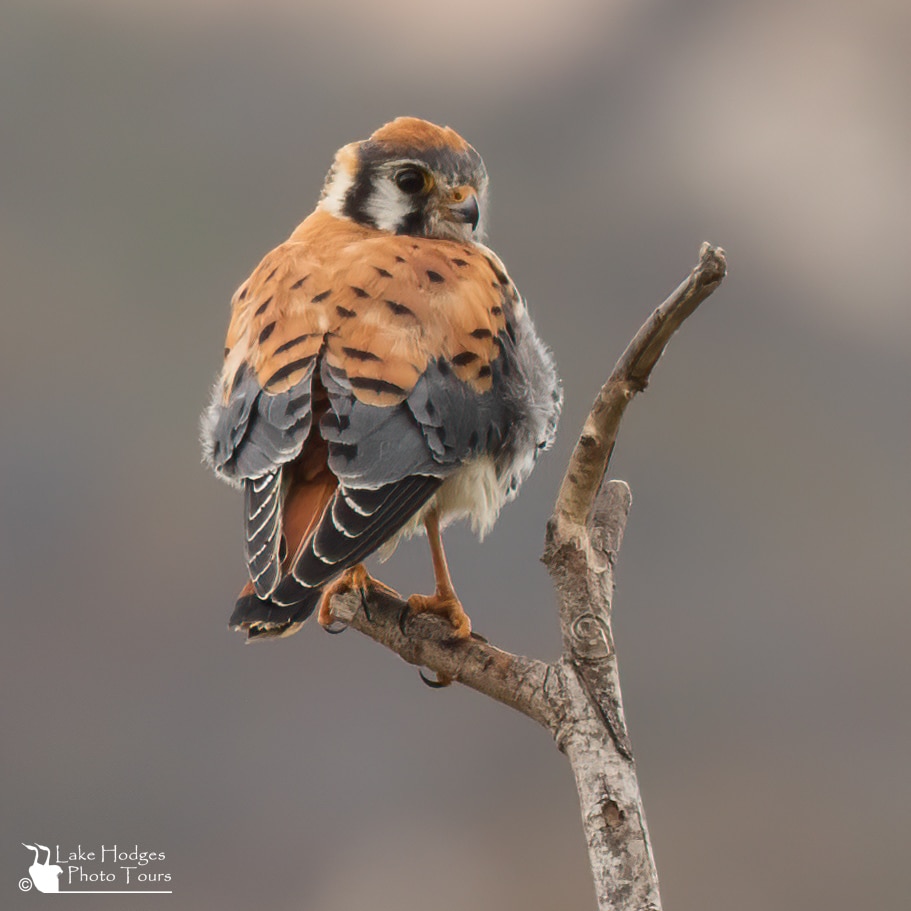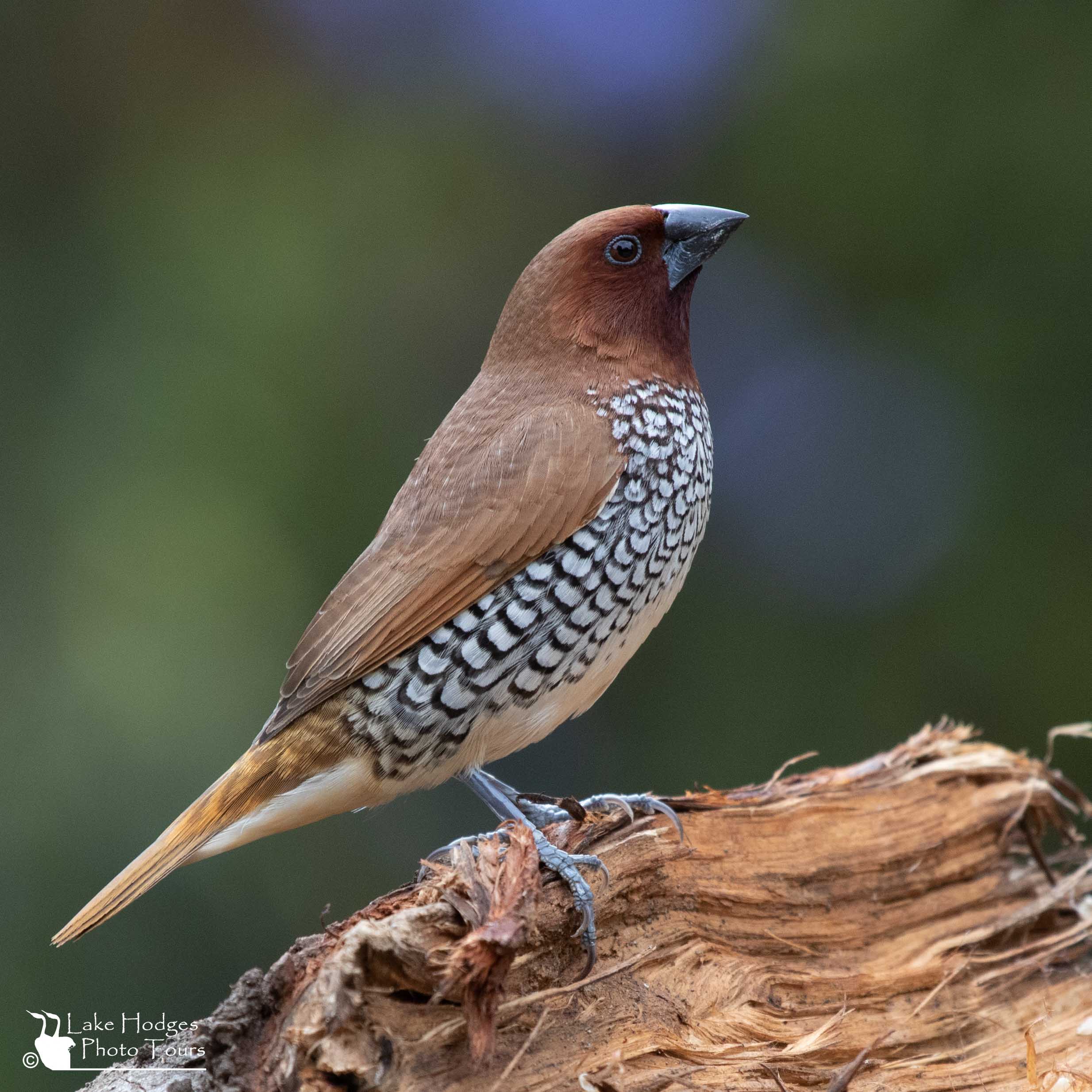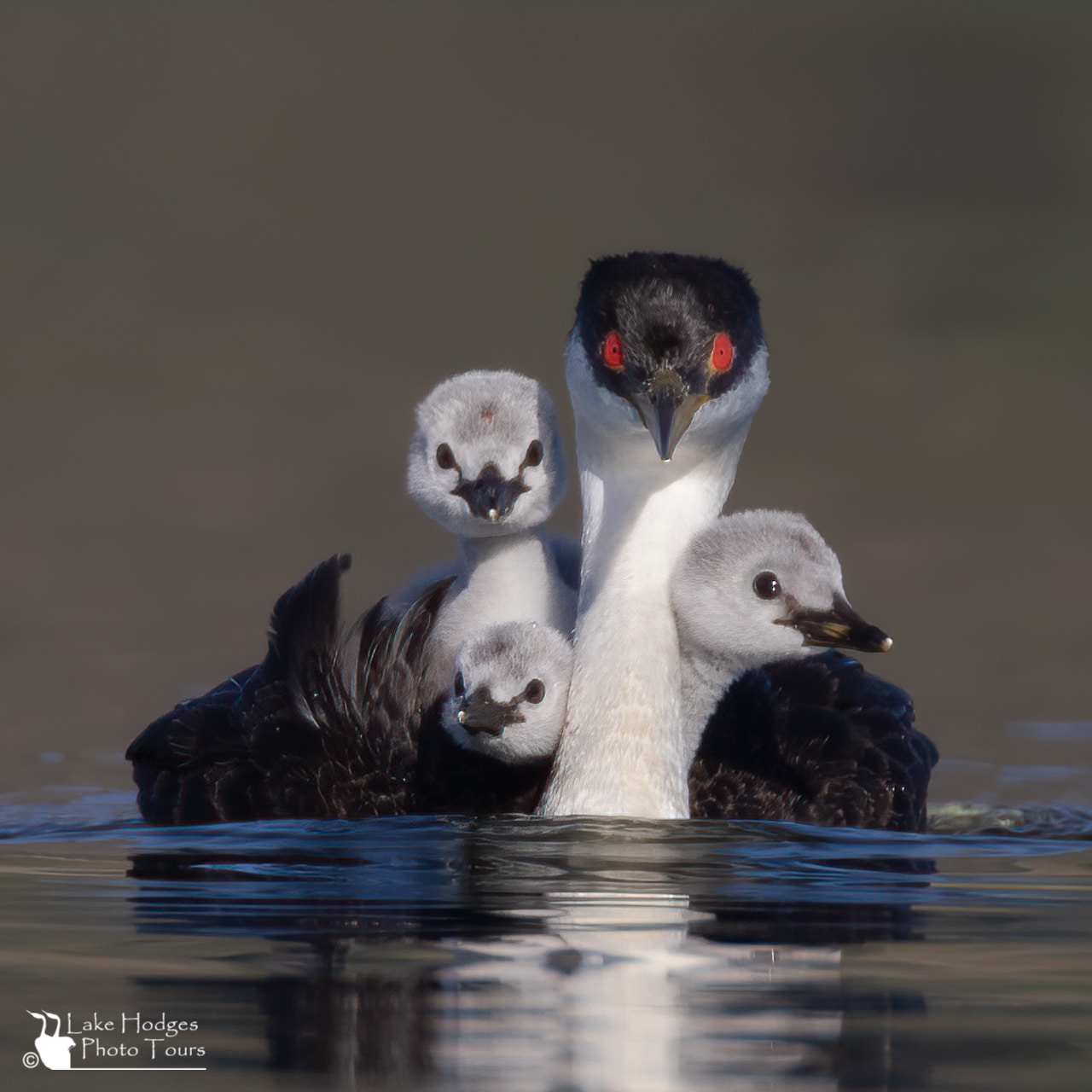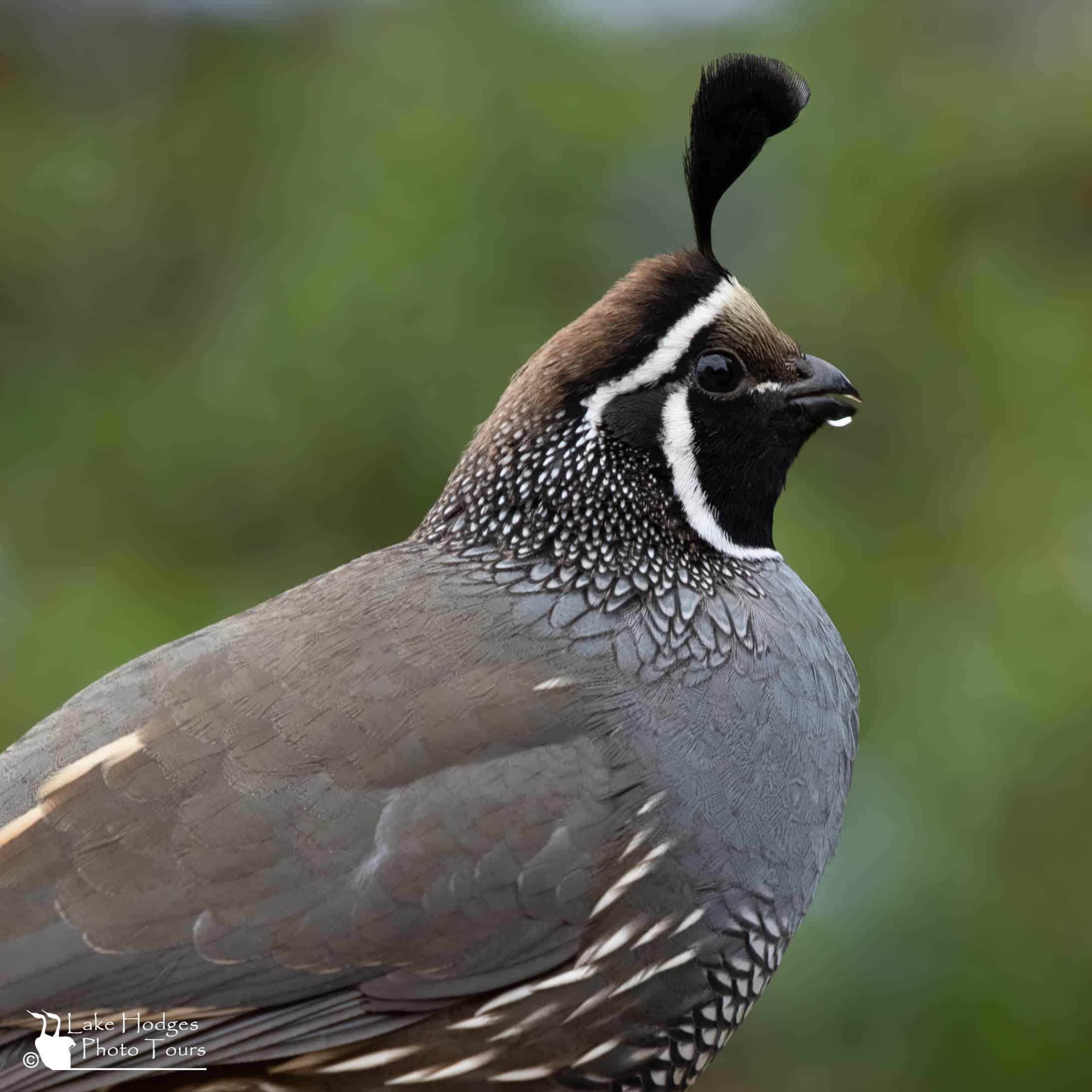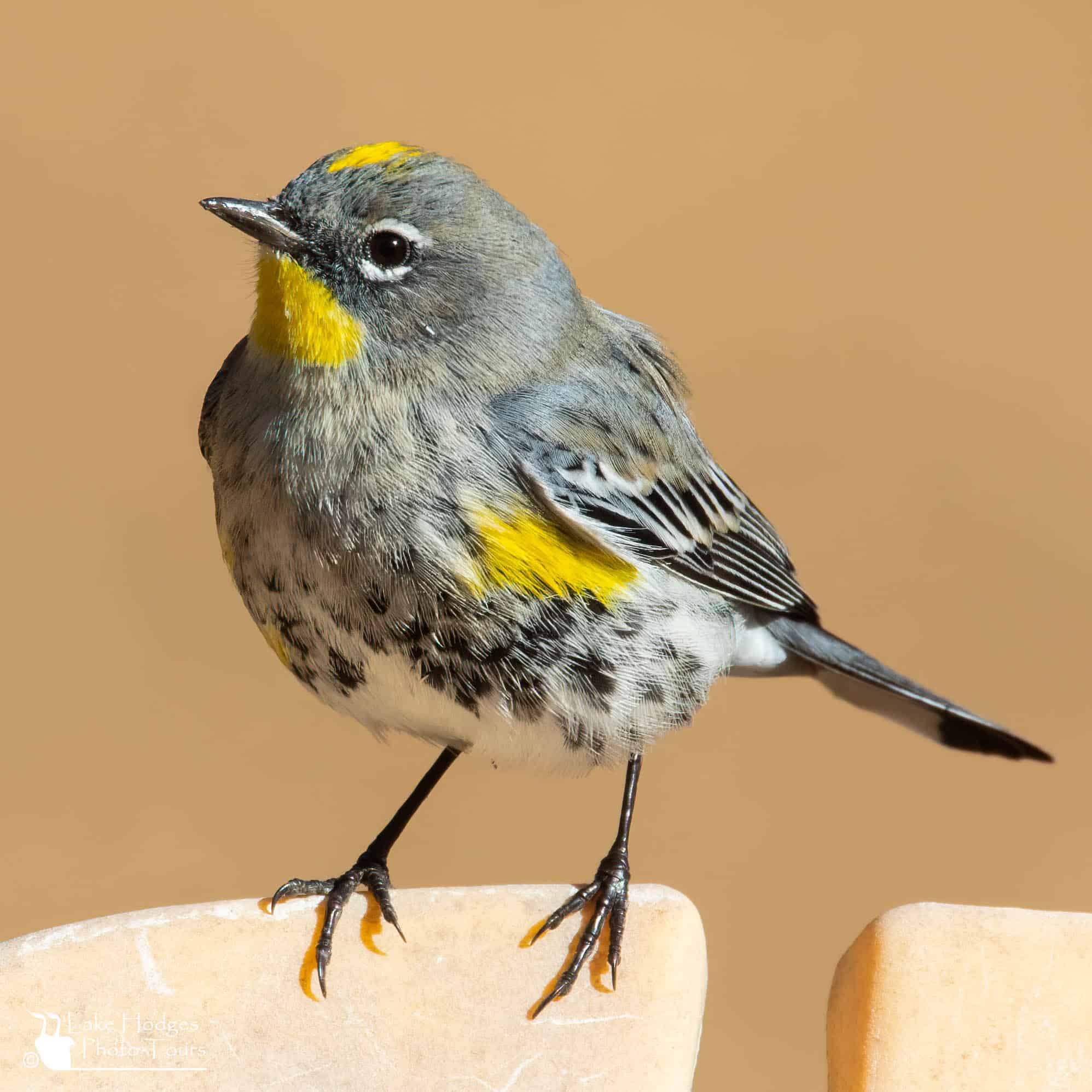Nests needs to be built before eggs can be laid.
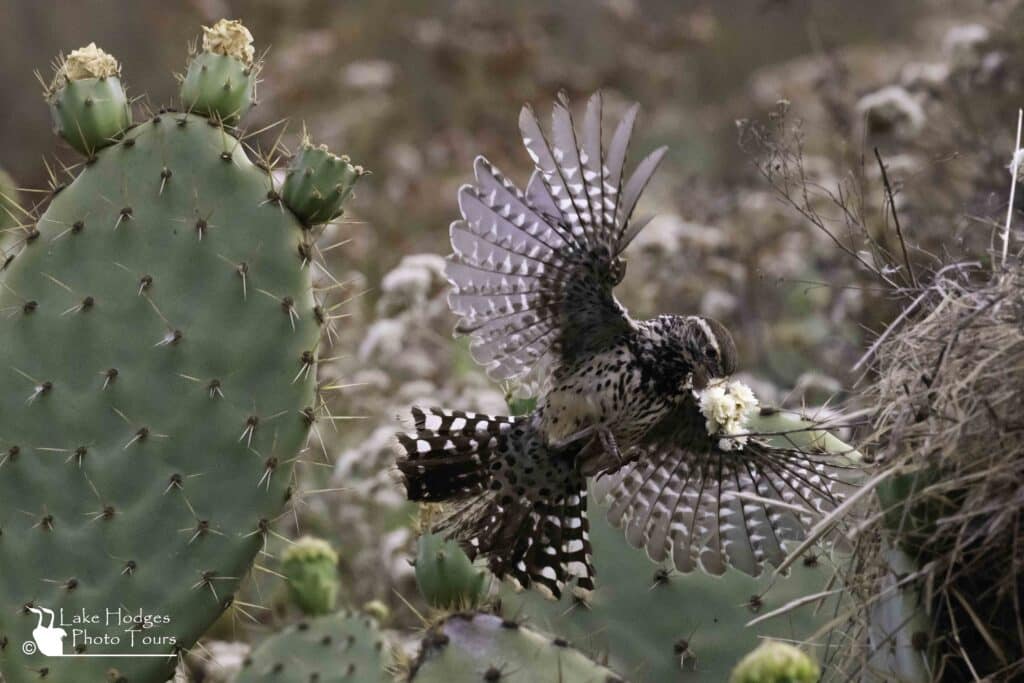
…..Another busy month.
The late nest builders of Lake Hodges.
The local Cactus Wrens’ took a big hit during the Witch Creek Fire of 2007 which decimated the whole Lake Hodges Cactus Wren Habitat.
With help of the San Dieguito River Conservancy, San Dieguito River Park, San Diego Zoo’s Safari Park and other volunteers, the native cacti are thriving and so are the Wrens.
The birds are in the habit of building their nests adjacent to the trails and with the amount of trail activity by hikers and bikers, are quite habituated to people, including this Scottish photographer 🙂
Working hard, one load at a time.
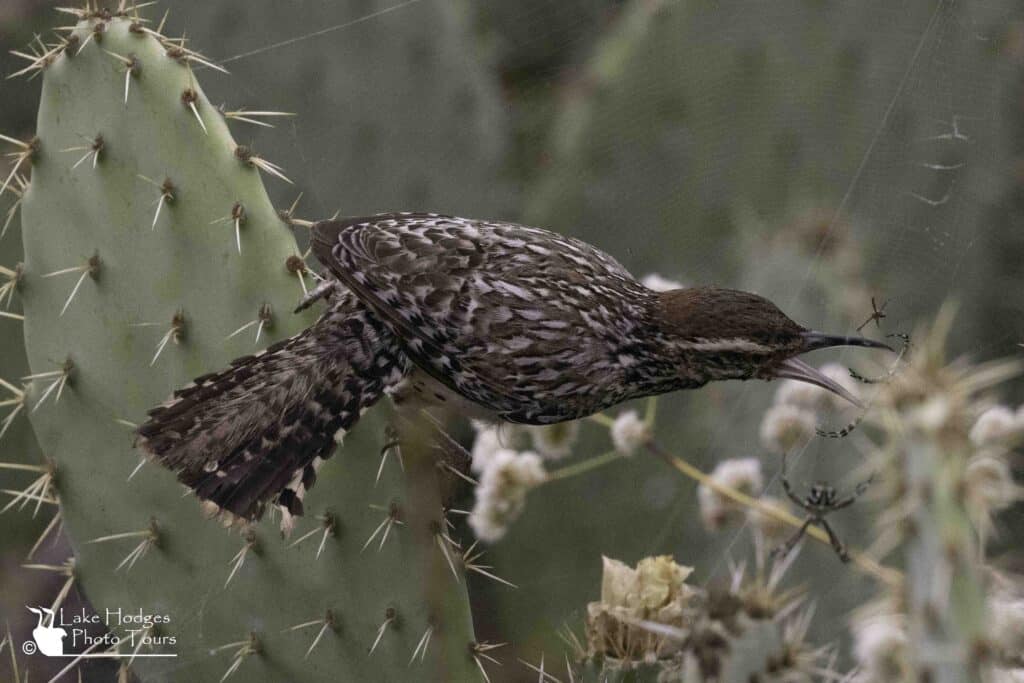
And building a nest takes energy. The spiders built their webs a little too close to the Cactus Wren’s nest…..
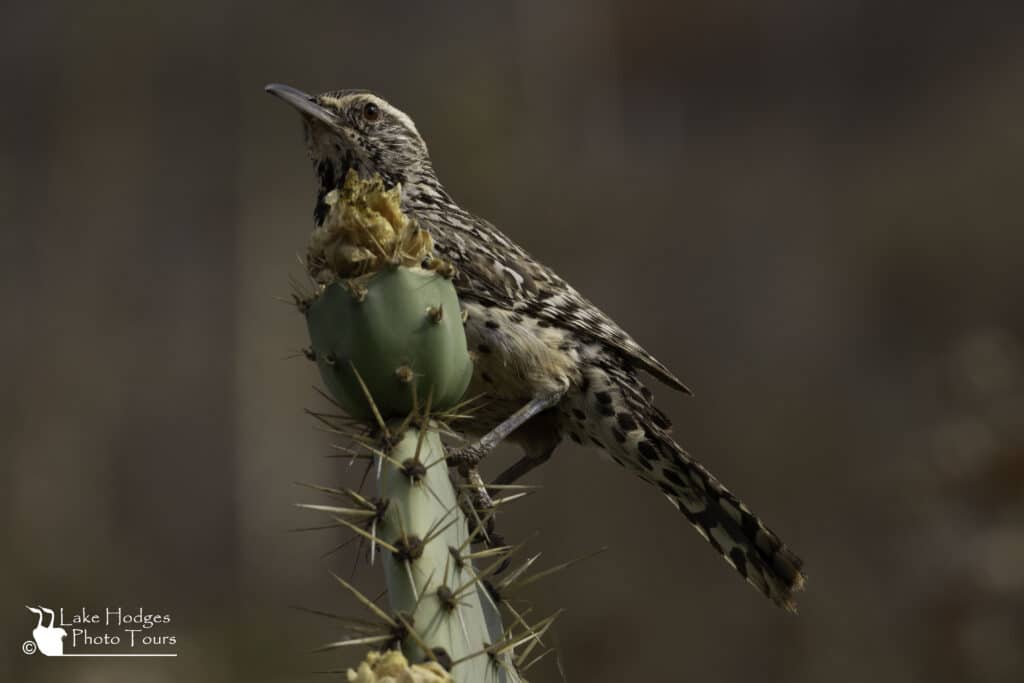
Occassionally when one bird was bringing in nest material, the other kept a lookout.
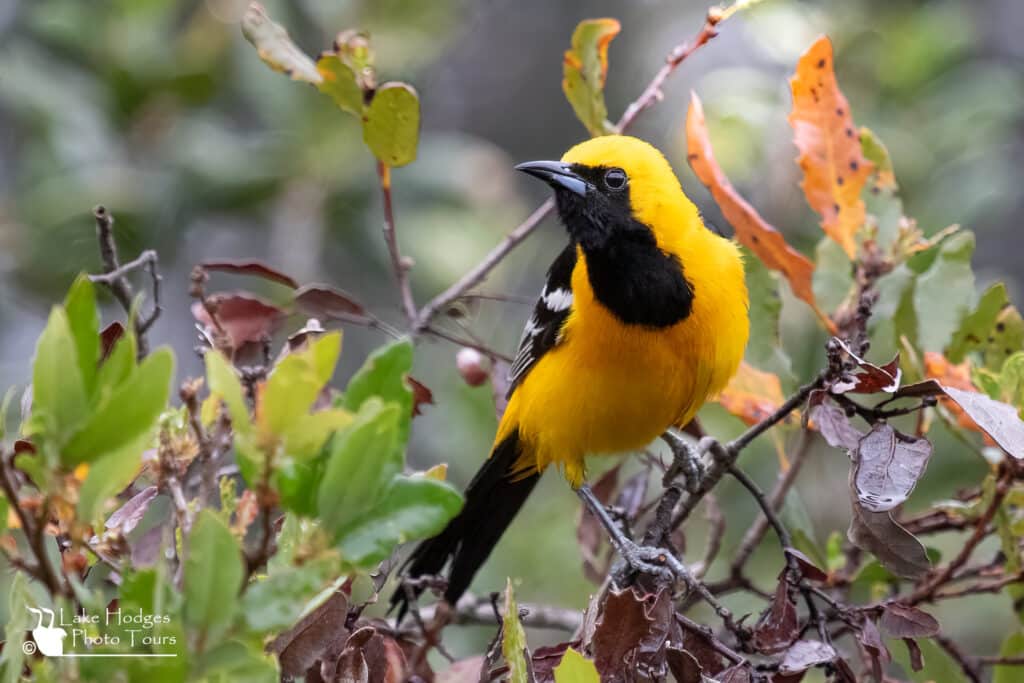
I was monitoring 2 Hooded Oriole nests. See the last post. One of the nests lost one of it’s 3 chicks. The other nest lost all it’s chicks to a Gopher snake. Not to be discouraged, they built another nest in different location and had a successful clutch of 3 chicks.
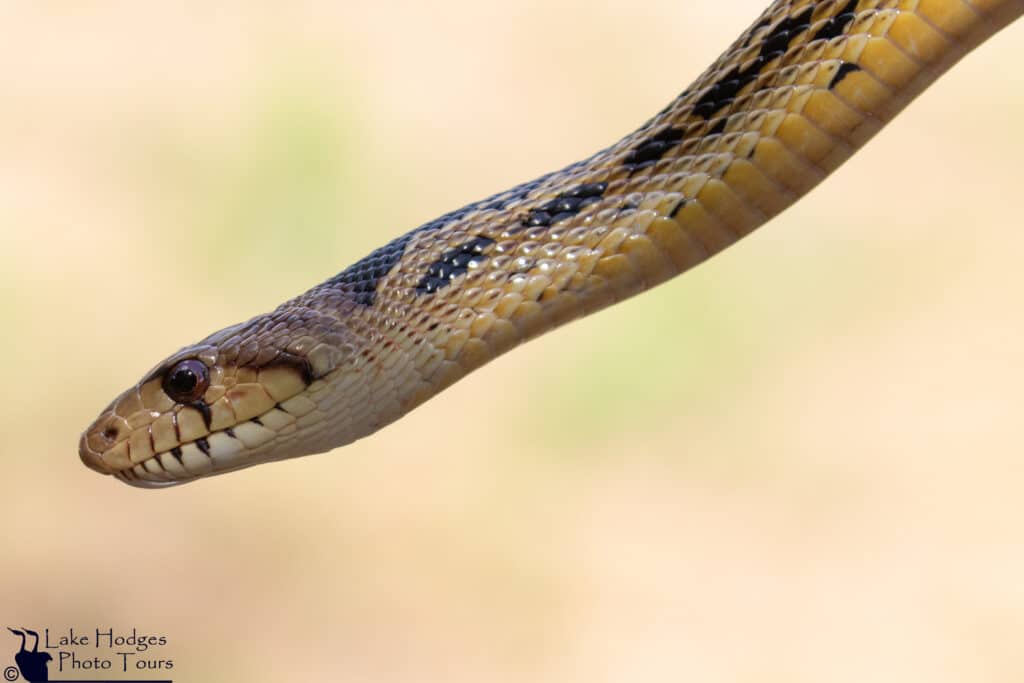
The offender….
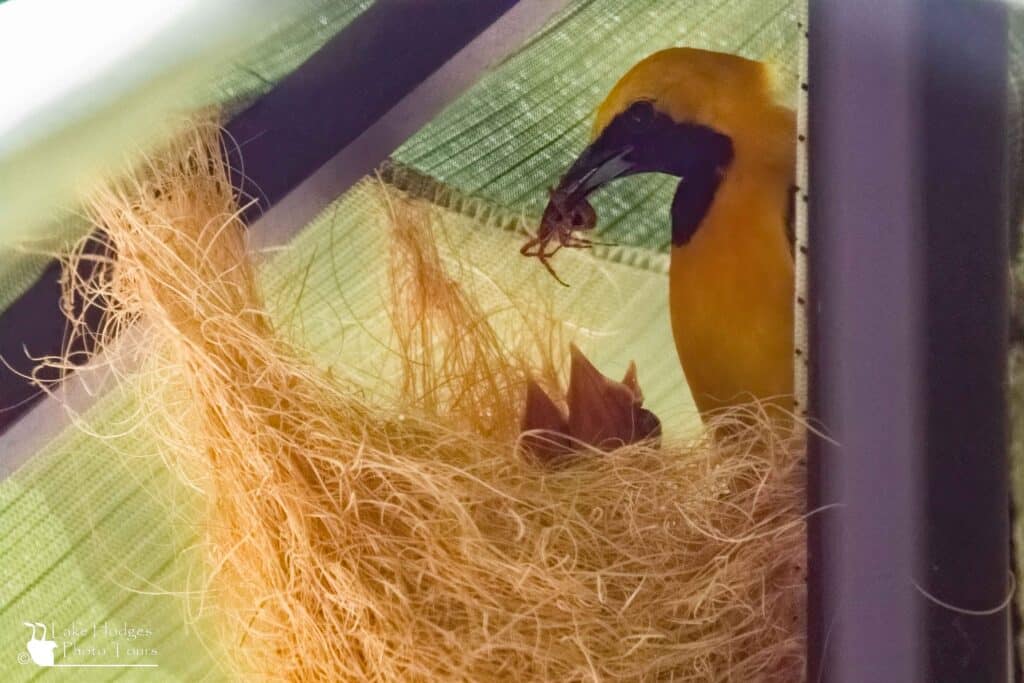
A nice fat spider for the chicks.
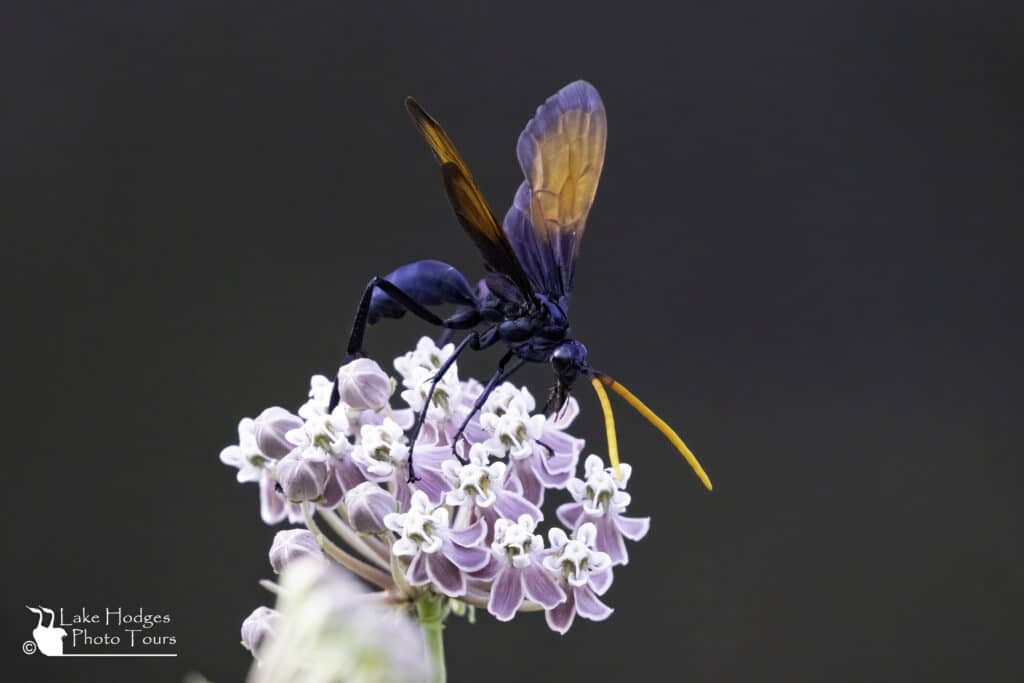
At this time of year most of the local birds have finished nesting and are in the midst of their summer molt so don’t usually look their best. So I’m often looking for something other than birds to shoot. I’ve been having a lot of fun shooting Tatantula Hawks.
They’ve been pretty predictable and often come to the same flowers around the same time of day. But it’s important to give them some room, their sting is one of the most painful in the world, not particularly venemous, but excrutiatingly painful.
Over the years when hiking and biking the local trails I’ve seen them dragging paralyzed tarantulas through the vegetation but never had a decent camera handy. So I was pleased to learn how much they enjoy milkweed. Over the last few years my wife and I set up a milkweed area for Monarch butterfiles and it has attracted more than just butterflies. This Tarantula Hawk is a male.
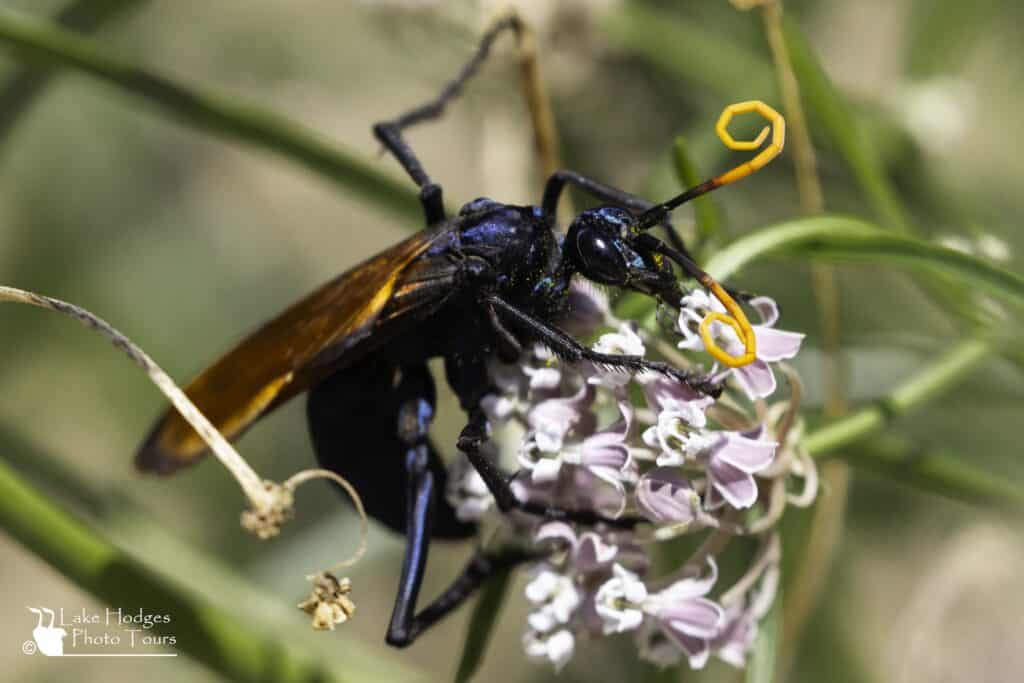
The male and female are slightly different in that the female has rounded antennae, (sometimes)….
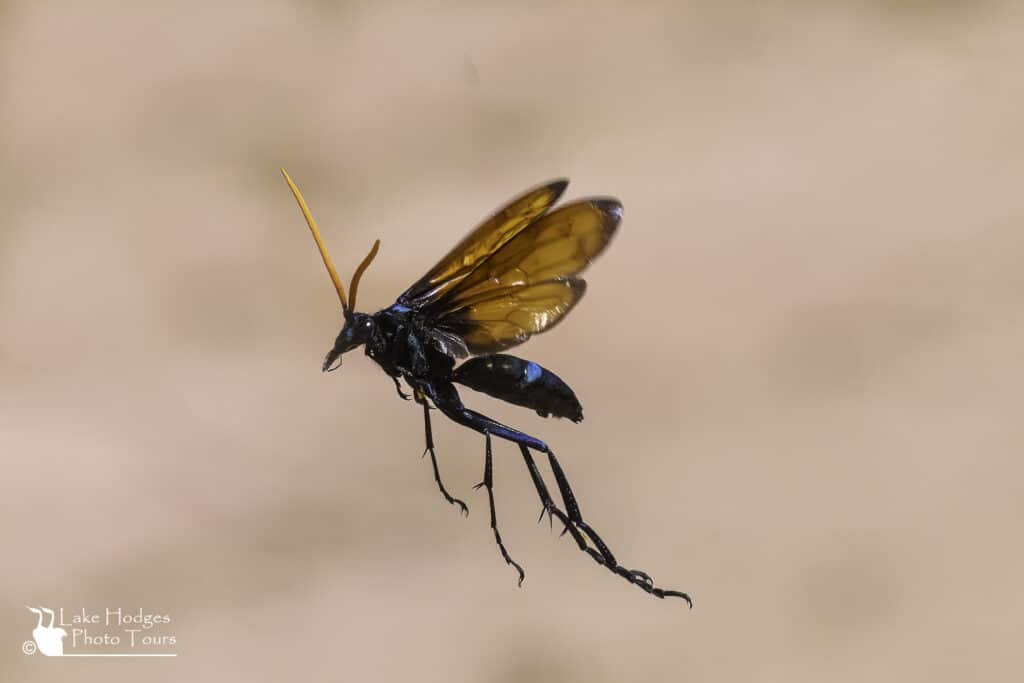
It becomes difficult to discern a male from a female when in flight because both will fly with their antennae extended.
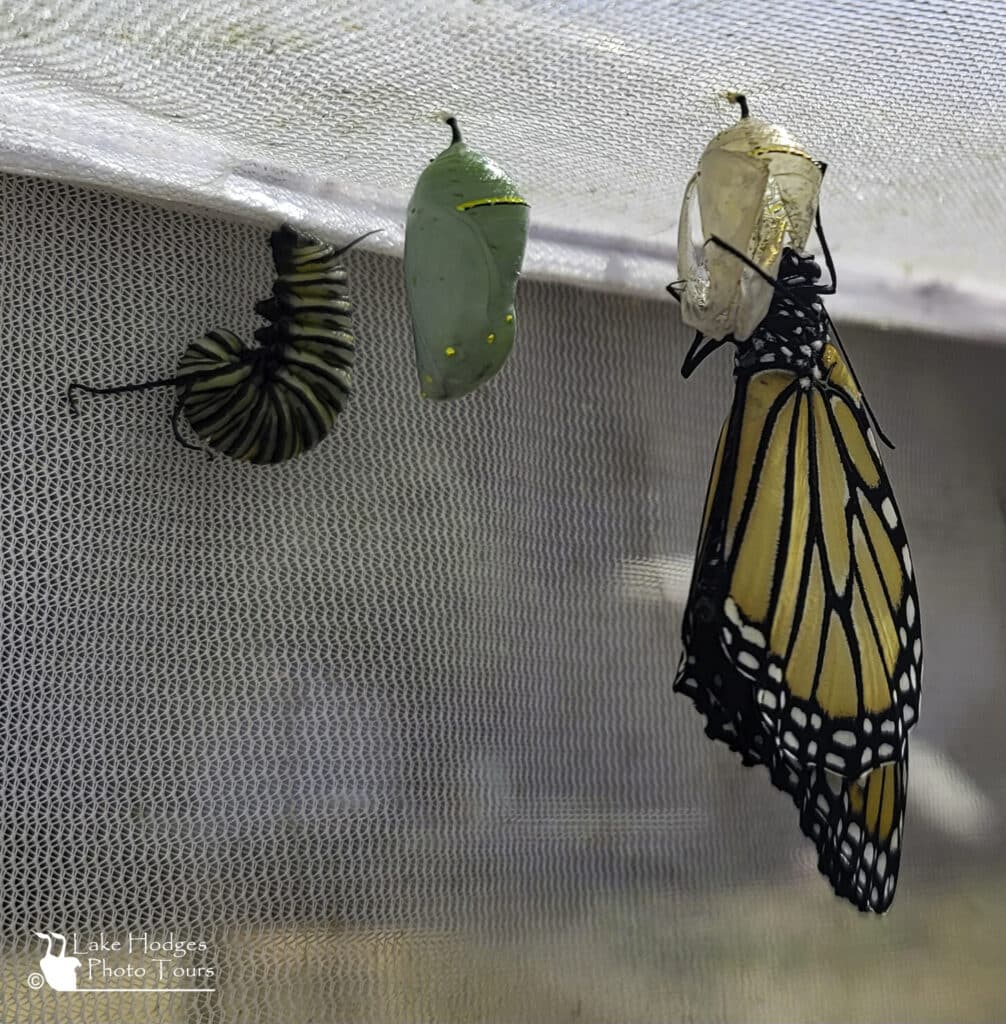
We’ve had a very active year for Monarch Butterflies. it is an incredible progression to witness. The butterflies lay a tiny yellow egg on some milkweed. Over the course of the next couple of weeks after hatching the caterpillars feed on the leaves of the milkweed until they are approximately 2” long and pretty fat. Then the magic really begins.
Finding a suitable hanging place, the caterpillar goes through one of the most amazing transformations. First the fat, multicolored, hanging ‘J’ shaped mass hardens to form a chrysalis and for a week or two a transformation takes place within. And then when the conditions are right, the outer shell cracks and out pops the monarch. In an hour or 2 its wings stretch to their full wingspan, dry up, straighten out and stiffen up. Just amazing to behold!
We happened to have 3 of the phases taking shape right in front of us.
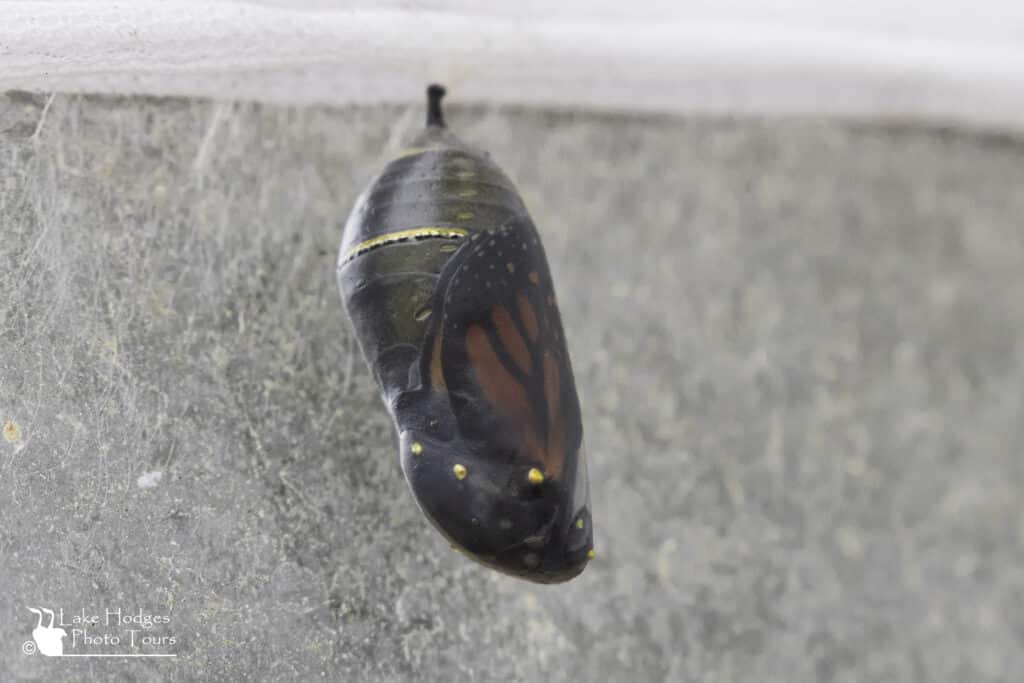
On the last day, a blossoming butterfly starts to become visible through the Chrysalis.
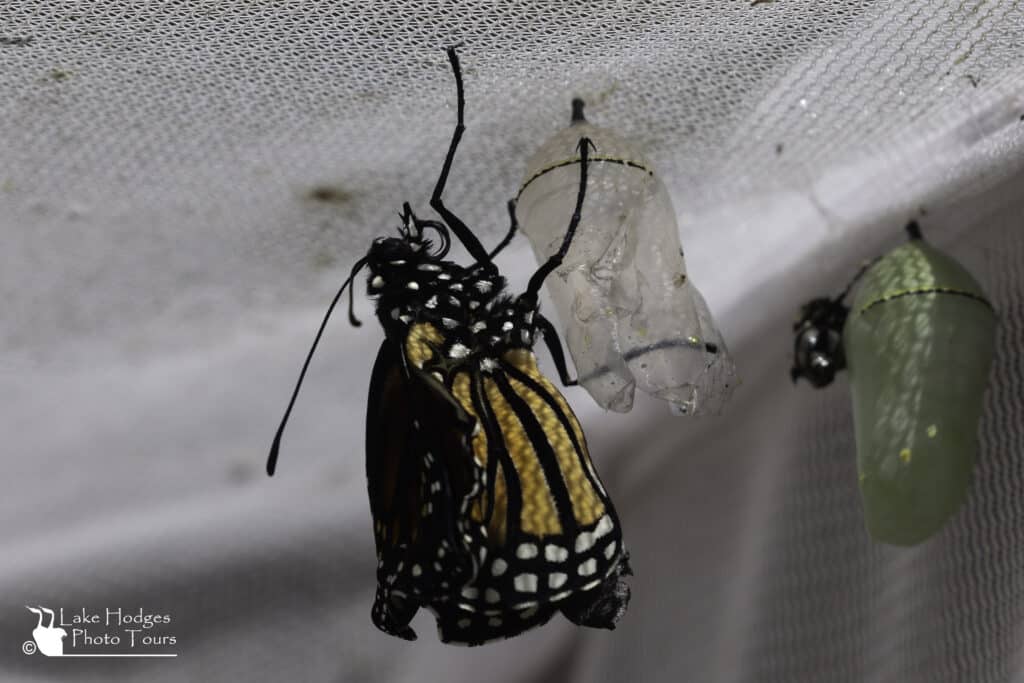
When it first emerges the monarchs wings are crumpled and crushed from the compression within the chrysalis. With the dry, warm climate here in sunny Southern California, it won’t need to spend much more than an hour or two before it’s good to go.

And another Monarch is ready to begin the cycle.
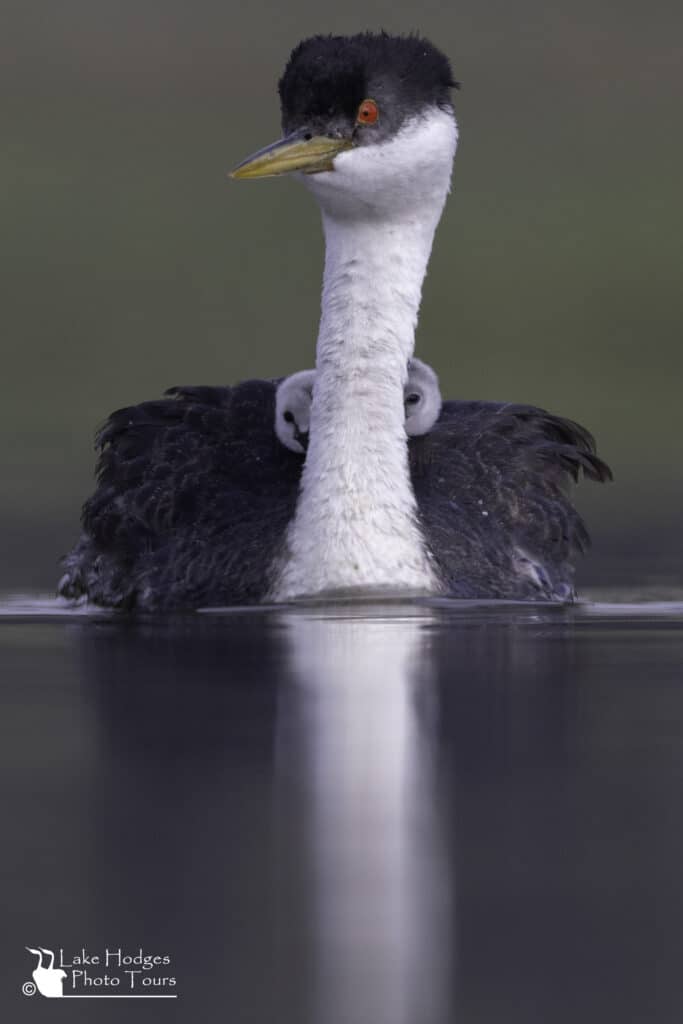
And on another note…. I entered this photo of a Western Grebe and chicks into the California Watchable Wildlife contest and it has been nominated as a potential photo of the year – https://cawatchablewildlife.org/photos2024/winnerpage2024.php?wm=2024-05-06
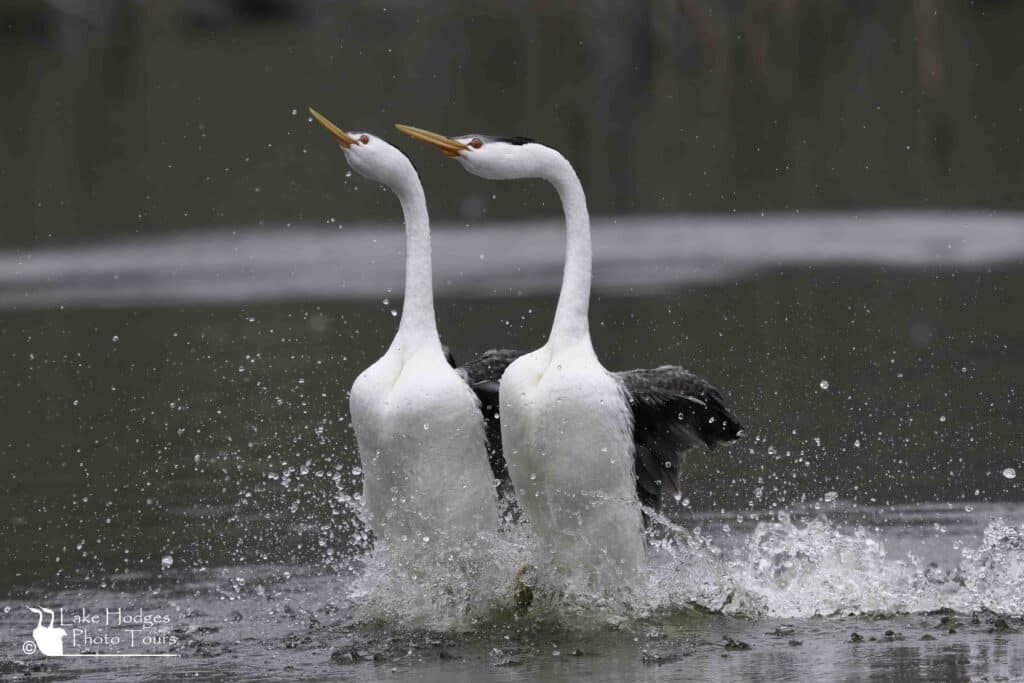
One final interesting development. I occassionally contribute images to Wikipedia and this image was nominated as a featured picture and won. So apparently this is a big deal for the techy photographers out there 🙂 https://commons.wikimedia.org/wiki/File:Rushing_Clark%27s_Grebes.jpg
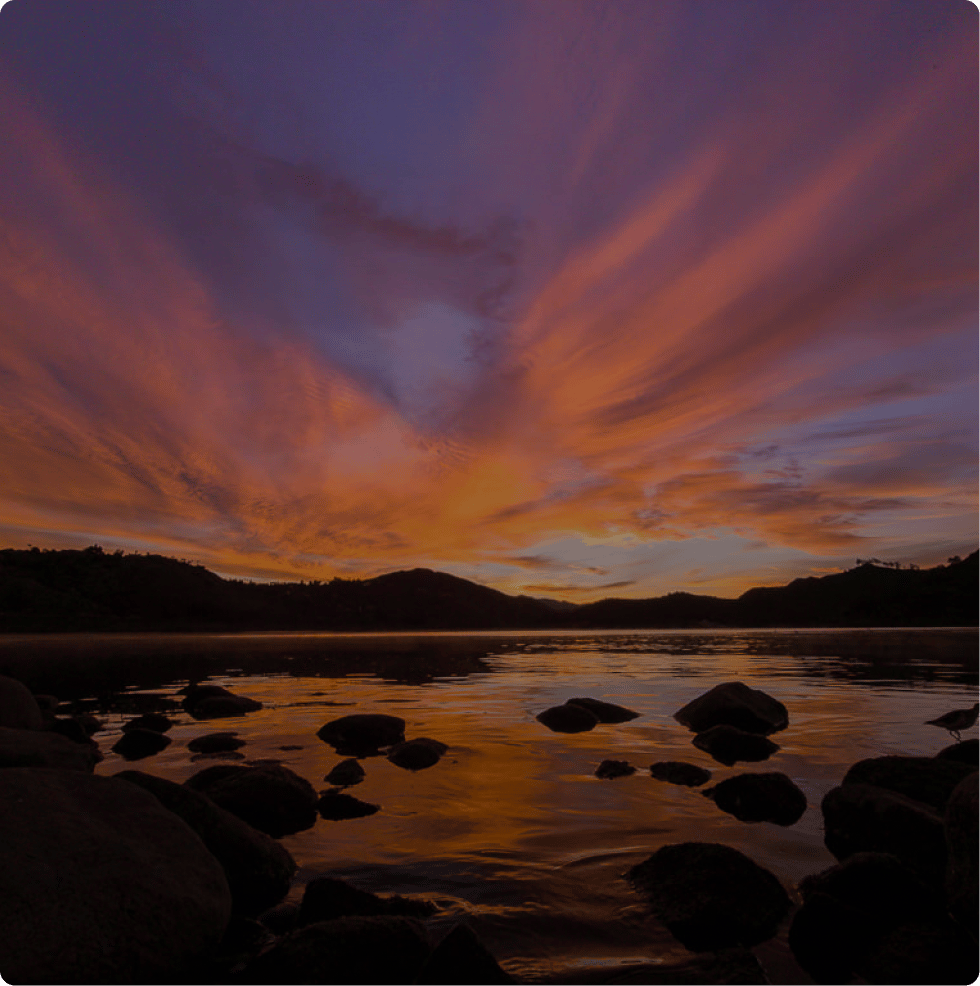
Until next month
More updates to come.
Please contact me directly by email me if interested in heading out on the Lake for any photography or videography. The Lake only has limited days open for boating.
Feel free to share on your preferred Social Media, and subscribe at the foot of this page.

